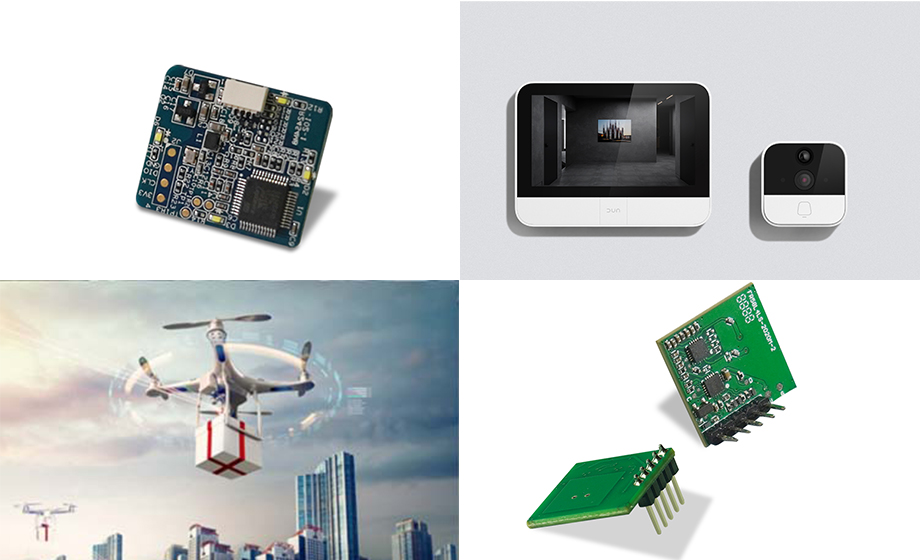Radar technology has been used in many fields, such as ranging, monitoring, navigation and so on. In the application of radar ranging, microwave radar and millimeter wave radar are widely used. The basic principles of the two radar technologies are the same, but the differences between them are significant. This article covers the differences between microwave radar and millimeter wave radar and explores how to choose the right radar for your application.

Microwave radar and millimeter-wave radar both detect targets by sending out high-frequency electromagnetic pulses, and then measure the signals they reflect back to calculate distance. The main difference between microwave radar and millimeter-wave radar is the range of frequencies and wavelengths they use. Microwave radars typically use frequencies in the 1 GHz to 30 GHz range, with wavelengths of about 1 cm to 1 m. Millimeter-wave radar, on the other hand, uses frequencies in the 30 GHz to 300 GHz range, with wavelengths of about 1 mm to 1 cm.
Microwave radar and millimeter wave radar can detect different sizes and types of targets using different frequencies and wavelengths. Microwave radar is suitable for the detection of large targets, such as vehicles, aircraft and buildings. Millimeter-wave radar is more suitable for the detection of small targets, such as human bodies and small vehicles. In addition, millimeter-wave radar can also detect more detail by inspecting the surface of an object.
Another difference between microwave radars and millimeter-wave radars is their power. Because microwave radar has a longer wavelength, it requires more power. Millimeter-wave radar, on the other hand, has lower power. Because of the relatively small power required, millimeter-wave radar is increasingly used in small devices and unmanned aerial vehicles.
After that, the difference between microwave radar and millimeter wave radar lies in the large detection range and resolution. Because microwave radar is a high power radar, it is able to detect longer distances. However, microwave radars usually have low resolution. Millimeter-wave radar, on the other hand, has higher resolution and can detect at closer distances, but its large detection range is relatively small.
When choosing the right radar for your application, you need to consider factors such as the type of target you need to detect, distance, accuracy, and environment. If you need to detect a large target, such as a vehicle or a building, microwave radar is a good fit. If you need to detect small targets, such as human bodies or small vehicles, millimeter-wave radar is more suitable.
Conclusion:
The difference between microwave radars and millimeter-wave radars first lies in the range of frequencies and wavelengths they use, which allows them to detect targets of different types and sizes. The second factor is their power and large detection range and resolution. In the selection of radar technology, we should consider the types of targets to be detected, distance, accuracy and other factors, and select the appropriate radar technology to achieve the best effect.



